I must admit that after our long weekend in Pembrokeshire, I was slightly put off…
20 interesting facts about the Peak District
When one of my colleagues heard we were going to spend the bank holiday weekend in the Midlands, she pulled a face and said ‘Well….’
Chatsworth House, Hardwick Hall, Peak District? What’s wrong with these?, I asked.
The English associate the Midlands with big industrial towns like Birmingham, Sheffield, Leeds etc. They are probably right that the town of the film “The Full Monty” (Sheffield) might not be the most romantic and attractive destination, but the Midlands and the Peak District have so much more to offer. Like any regions in England, the Midlands and the Peak District have many attractions.
The Midlands and the Peak District
The Midlands can be split into two regions: East and West and has one of the most popular National Parks being the Peak District. During our stay we visited the Southern part of the Peak District and some places in the East Midlands. We were surprised about the amount of interesting things here, so let’s have a look at the following:
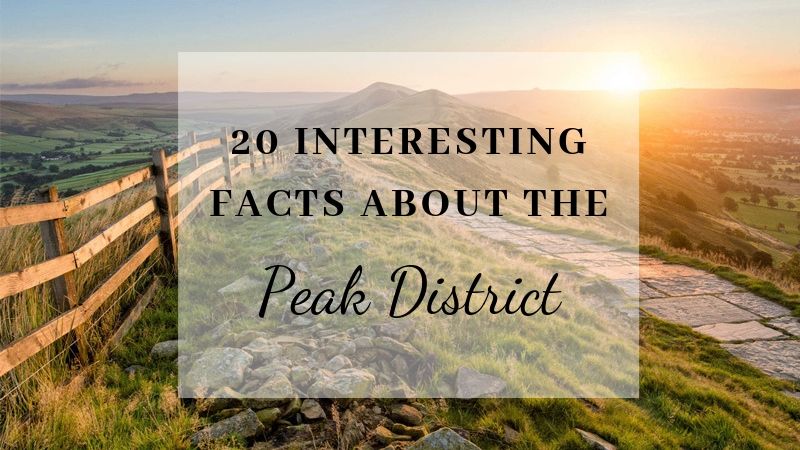
1)
Peak District is the UK’s first National Park founded in 1951.
2)
It reaches into five counties: Derbyshire, Cheshire, Staffordshire, Yorkshire and Greater Manchester.
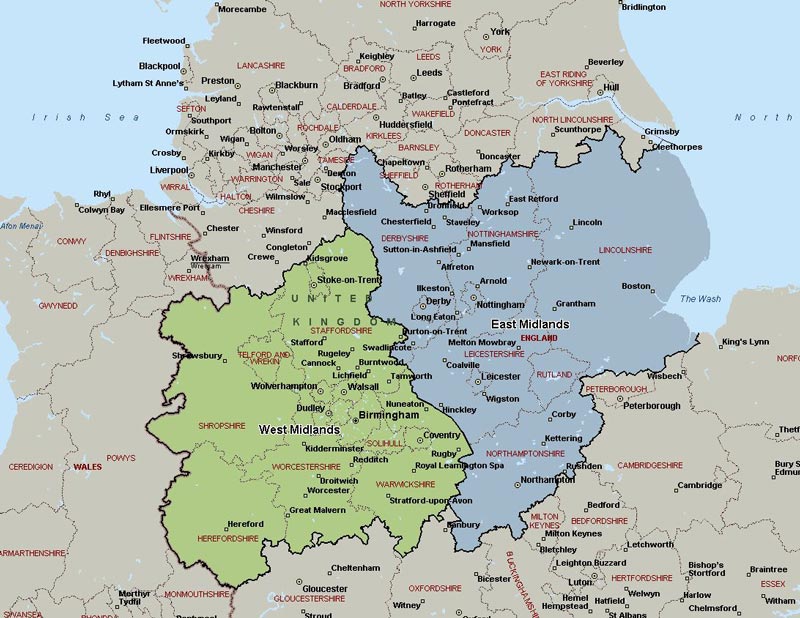
3)
There are no mountainous peaks in the Peak Disctrict, its name does not relate to mountains. It is derived from an Anglo-Saxon tribe, the Pecsaetan (meaning Peak Dwellers) who settled the area in the 6th century.
4)
There are many caves in the Peak District, the deepest is 141m under the ground (Titan Cave). People still lived in caves in the Peak District until 1910. If you are not scared of going under ground, there are fantastic caves to visit here such as the Poole’s Cavern & Country Park, Treak Cliff Cavern, Blue John Cavern, Speedwell Cavern – the latter however would be a bit scary for me, I think.
5)
Britain’s oldest long-distance national walking trail, the Pennine Way starts at Edale to Kirk Yetholm some 431km. The National Park has 2000km worth of public footpaths. If you are an enthusiastic walker, you will love it here, there are several trails to chose from. If however you prefer a gentle stroll, try the short walk from Ilam Park to Dovedale to see the Stepping Stones. We did that and it was more than fabulous.
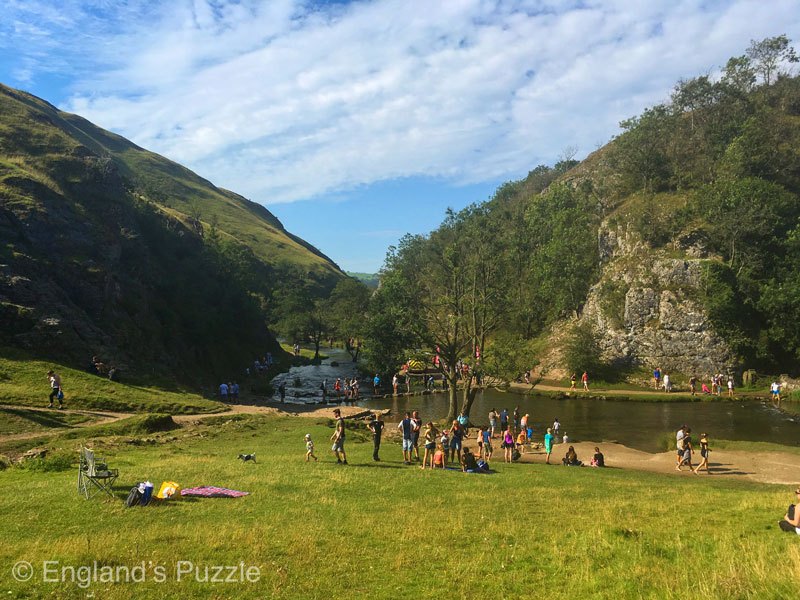
6)
There are 2900 listed buildings in the Peak District. Chatsworth House, Haddon Hall, Biddulph Grange, Biggin Hall to start with and a bit further in Derbyshire and Cheshire you can visit Hardwick Hall, Sudbury Hall, Calke Abbey, Kedleston Hall, Elvaston Castle, Bolsover Castle, Tissington Hall, Lyme Park. All surrounded by beautiful countryside.
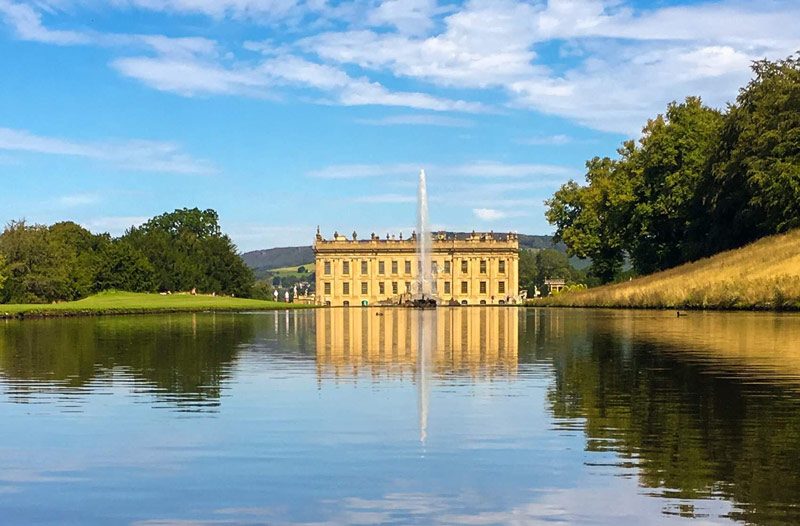
7)
The Peak District is one of the most difficult places to climb in the world, so world-class climbers train here. Stanage Edge, Laddow Rocks, Burbage Edge, Froggatt Edge, Valkyrie, High Tor, Kinder Downfall, Millstone Edge, Curbar Edge and Gardoms Edge just a few to climb.
8)
Almost 90 percent of the national park is farmland, there are around 1800 farms.
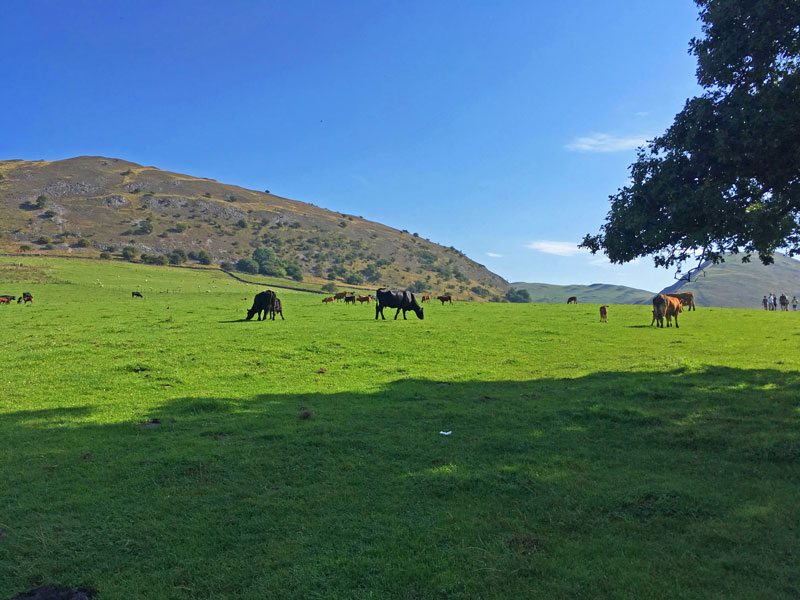
9)
The Park has 70 active and disused quarry sites. The national parks symbol is a “millstone”.

10)
The distinctive custom of the Peak District is called Well-dressing. Allegedly it has a pagan origin and people thanked gods for the clear water. Other believe that survivors of the Black Death in 1348 celebrated the clear source of water.
The decoration is basically a wooden frame covered with the mix of clay, water and salt. Then a picture is made by pressing petals, mosses, beans, seeds and small cones. Buxton has a well-dressing festival every year held in July.

11)
Great Britain’s first silk factory was built in the Derwent Valley in 1718. The old mill in Belper is a UNESCO World Heritage site. These mills were built along the river Derwent and are in a picturesque area. Some of them you can still visit.

12)
The spread of the railway provided work for locals in the 19th century, in 1908 Rolls Royce built their factory in Derby which employed many people. RR was a target for German forces in the WW II and was bombed between 1940 and 1942.
13)
The Peak District is rich in waters and wells which were utilised in different ways. In the Derwent Valley mills were built, while Buxton and Matlock became spa towns. There are 55 reservoirs in the Peak District, the most picturesque one is Ladybower Reservoir which has two bellmouth overflows, locally named the “plugholes”.

14)
Buxton is famous for its geothermal spring which has a temperature of 28C. Mary Queen of Scots used Buxton’s thermal water to cure her rheumatics. The town has 9 wells, the most famous one is St Ann’s Well. Its popular mineral water is bottled here and named after the town, Buxton.
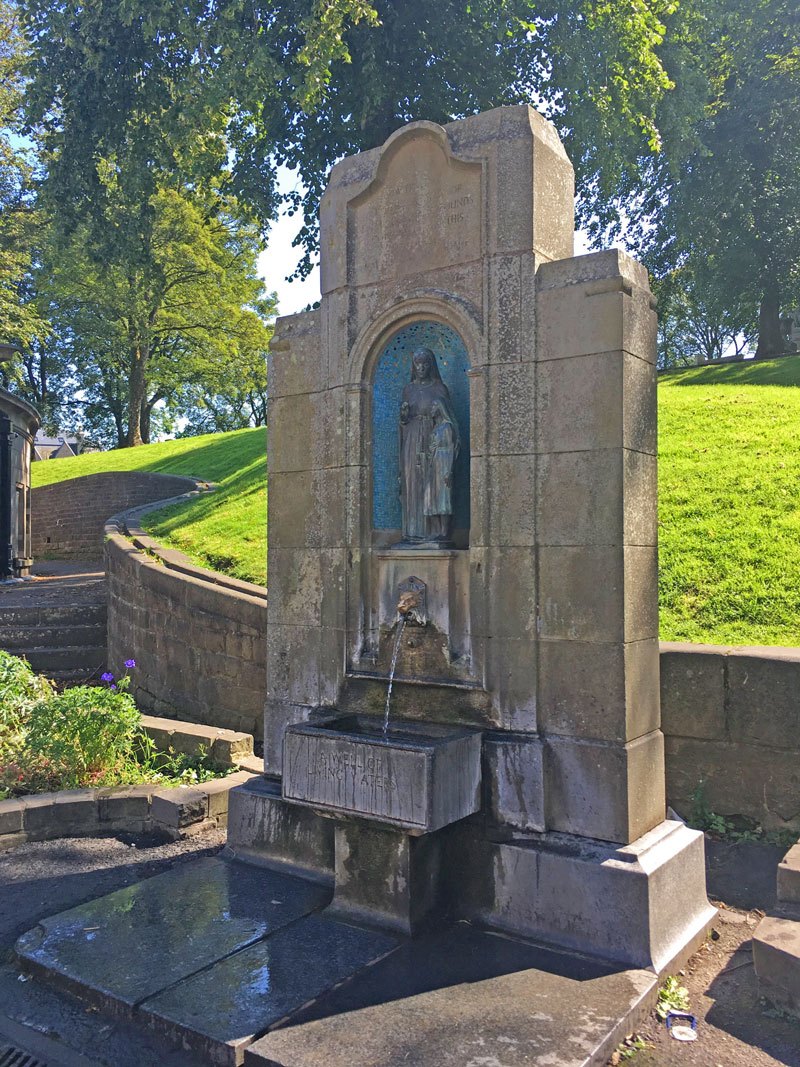
15)
The village of Eyam isolated itself in the 17th century when a flea-infested cloth arrived from London which spread the plague. Within a year the village lost two third of its inhabitants.
16)
Bakewell is famous for its pudding, a jam pastry with a filling enriched with egg and ground almond. In spite of that, the name of the town has nothing to do with the word ‘bake’. The name Bakewell means a spring or a stream of a man named Badeca and derives from this name plus the Old English word wella. In the 11th century it appeared as Badequelle.
The pudding was first made by accident in 1820 when noblemen ordered strawberry tart in the White Horse Inn. The cook misunderstood the recipe and spread the eggs on top of the jam instead of stirring it into the pastry. The pudding went down very well and became a success, so the inn keeper, Mrs Wilson, saw the business opportunity instantly and started to make Bakewell pudding served with custard.
Tips:
- Bakewell is very popular, therefore make sure you arrive as early as possible, probably 8am is a good start.
- Go for the original Bakewell pudding with custard in the Old Bakewell Pudding Shop. It is delicious whereas the Bakewell tart with icing and cherry is far too rich and sweet – unless you have a very sweet palate, not recommended!

17)
The village of Ilam were remodelled in Swiss Alpine style in the 1820 by the owner of Ilam Park, Jesse Watts-Russell. Jesse and his family visited Switzerland and he decided to copy the cuckoo clock house styles back home in Ilam. He also altered the main road so that it passed over the bridge near the cross. The new route was deliberately moved from behind the church, in order to avoid the park – Jesse’s pleasure grounds.

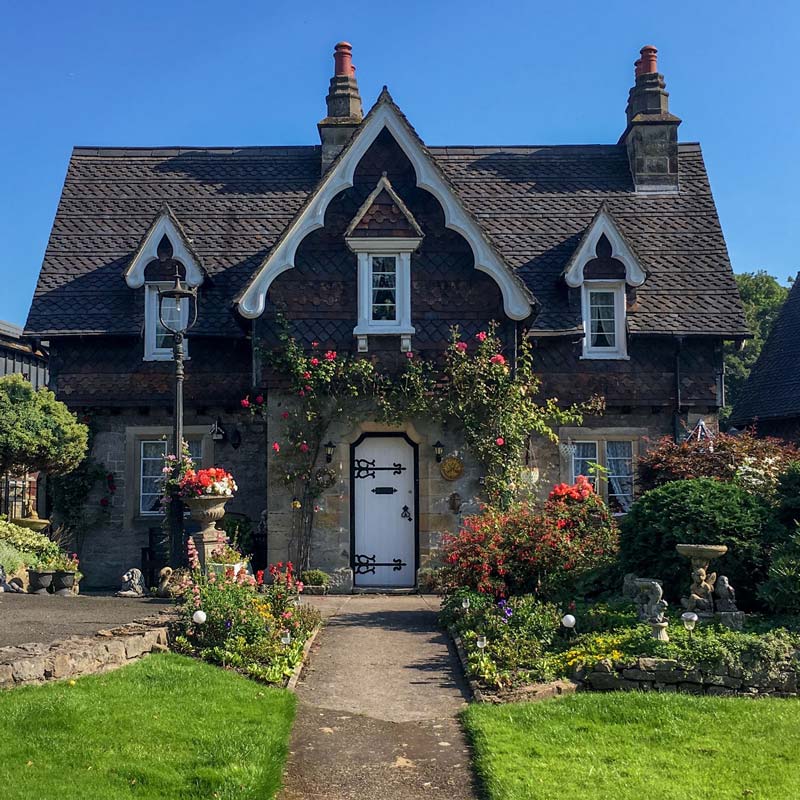
18)
If you fancy something fun and quirky, then the Crich Tramway Village is a must. There are more than 60 trams (vintage and antique I would say) all set in a period village. You would find there a pub, a tea-room, an old-style sweetshop, tram depots but also old phone boxes and post boxes, bridges etc. The biggest attraction is the ride: hop on one of the trams and it will take you for a one-mile ride into the local countryside and back for the price of one old English Penny.


19)
Believe it or not there is cable car at Matlock Bath from where you can travel 169 meters from the base to the top and enjoy fantastic views of the river Derwent and the Peak District. The heights are named after a supposed resemblance to the Plains of Abraham, also known as the Heights of Abraham, in Quebec, Canada.
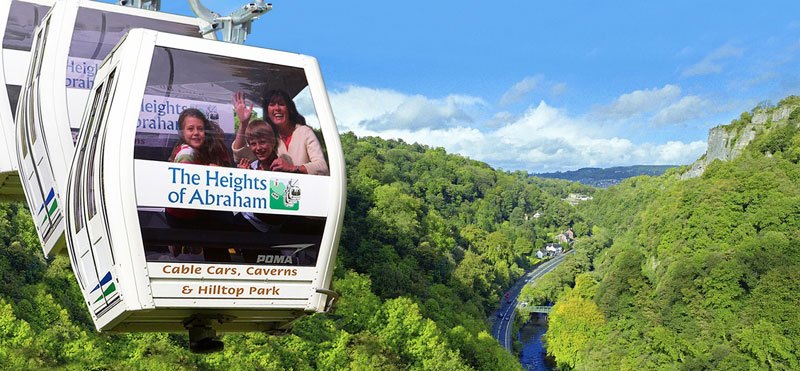
20)
There are two amusement parks on the edge the Peak District: Alton Towers and Gulliver’s Kingdom.
Alton Towers is a huge amusement park with a theme park, a water park, spa, mini golf and hotels. It is the second most visited theme park after Legoland in Windsor.
Gulliver’s Kingdom is aimed at children between 3 and 13 and it provides a unique experience as many rides run amongst the trees and have beautiful views of the Heights of Abraham and the surrounding area.
How to get there?
By Train
From London
1) Euston to Manchester, direct train link, 2 hours journey.
From Manchester you can get to the Peak District by:
- The Hope Valley Line between Manchester and Sheffield (Northern Railway), calling at stations at Grindleford, Hathersage, Bamford, Hope and Edale.
- Manchester to Glossop line (Northern Railway), for Dark Peak moors and the Longdendale valley
- Buxton line (Northern Railway) and regular bus services will take you to picturesque villages such as Bakewell.
- Huddersfield line (TransPennine Express), calling at Greenfield and Marsden to get to Dove Stones, the Wessenden Valley
2) St Pancras to Derby, direct train link, 1.5hrs journey
- From where you can take the Derwent Valley Line from Derby to Matlock (East Midlands Railway). Once arrived take regular bus services to the picturesque villages
By Bus
You can get to destinations around the edge of the Peak District by National Express and Megabus who operate express coach routes from many cities around the UK. From the edge of the Peak District onward take local bus or rail connections to your final destination.

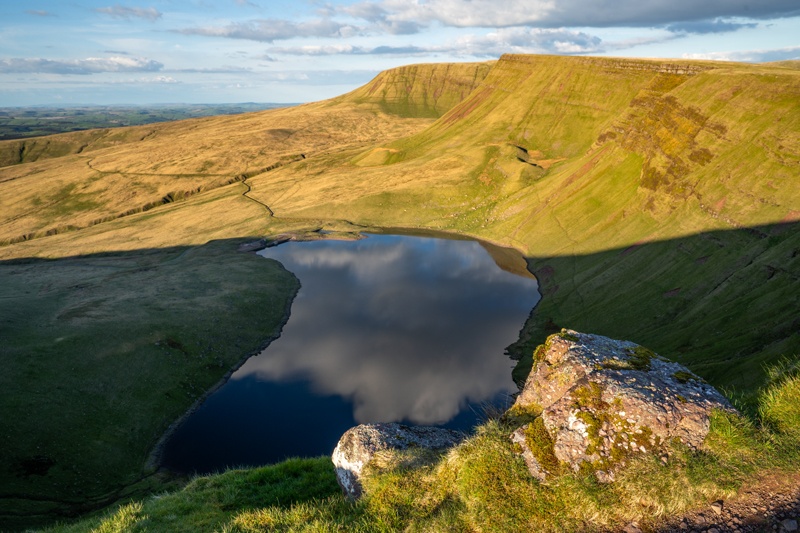

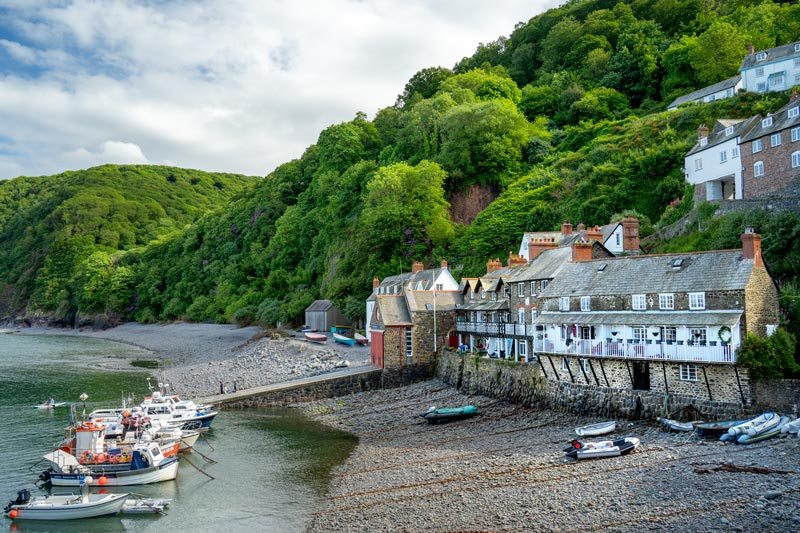
Comments (0)